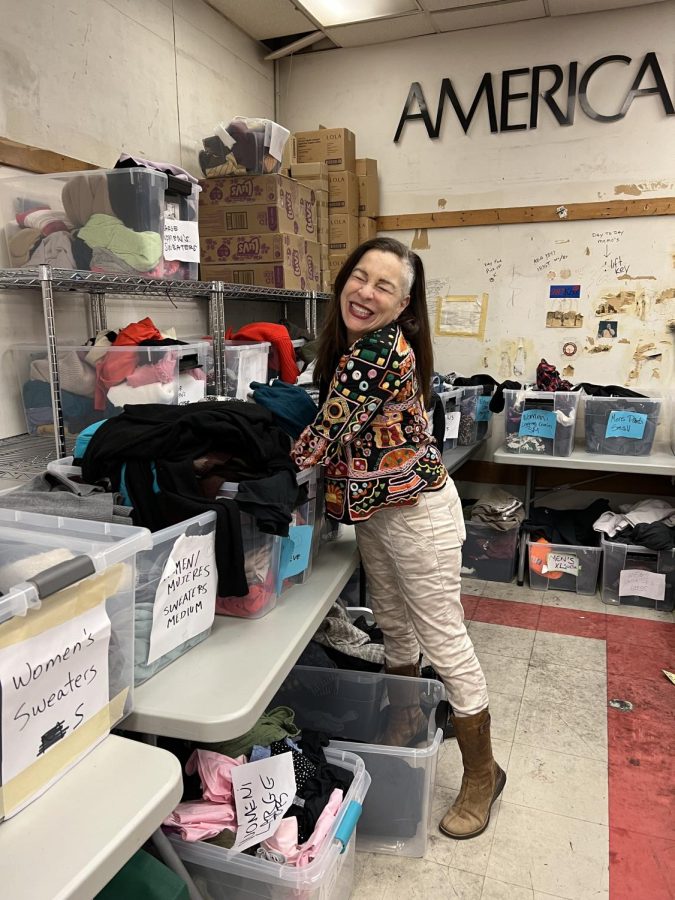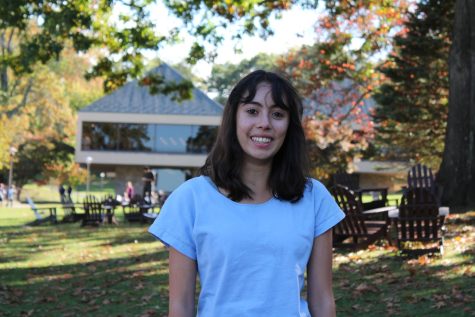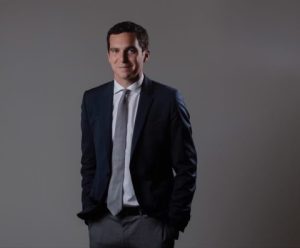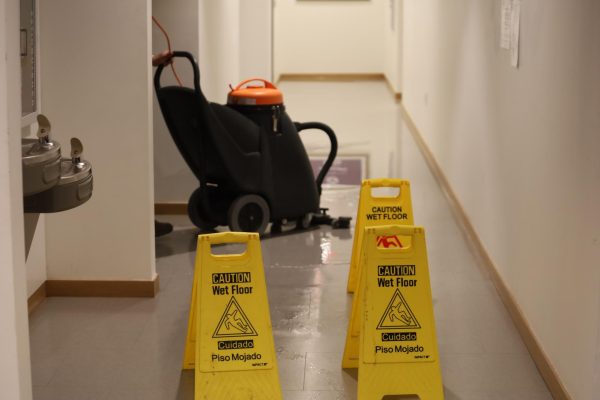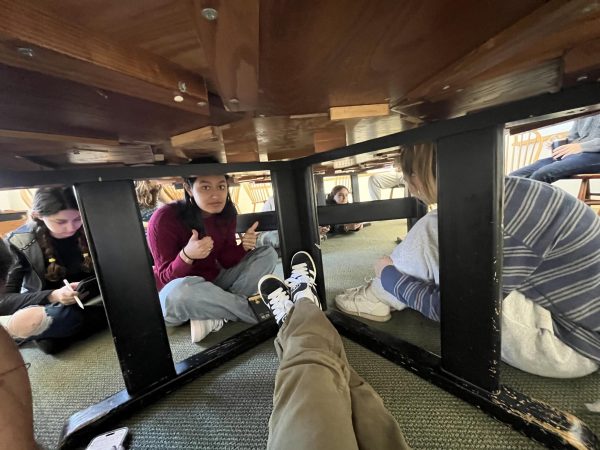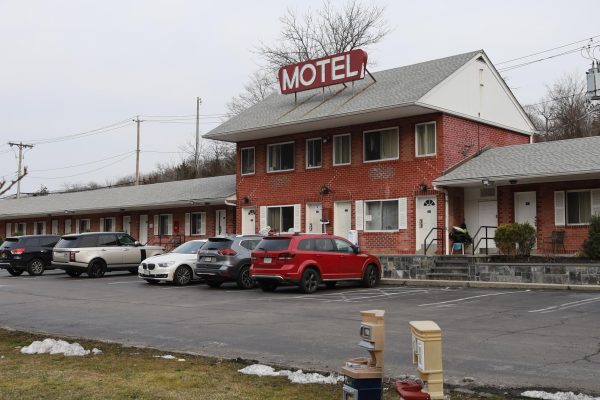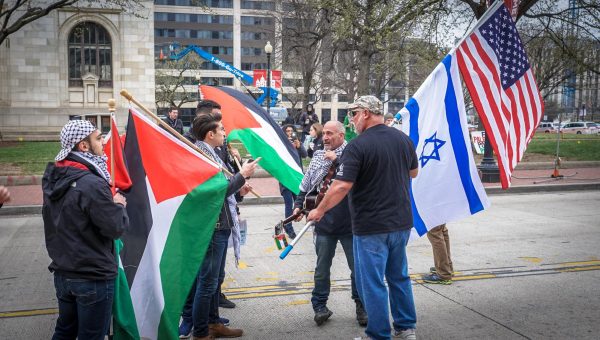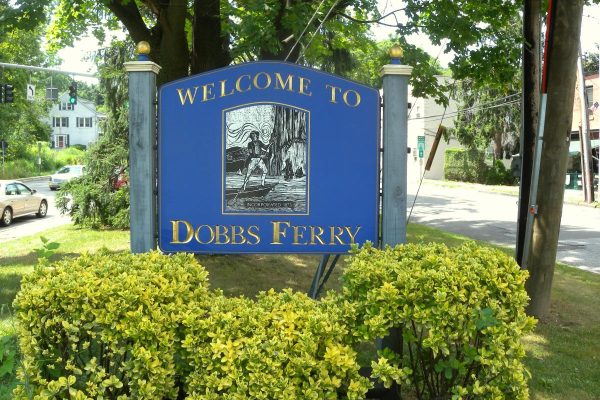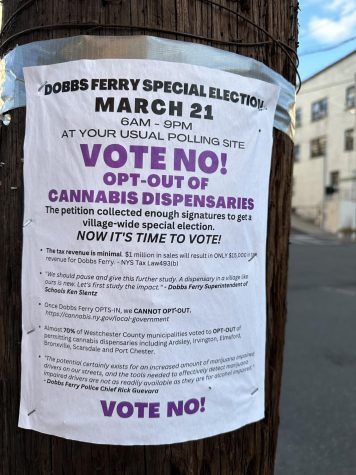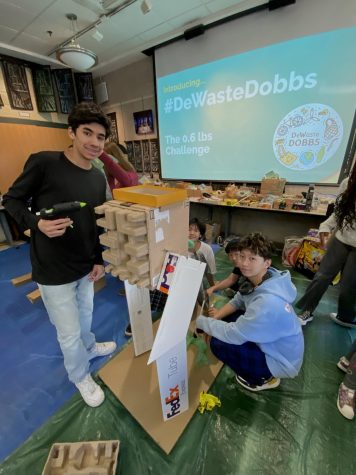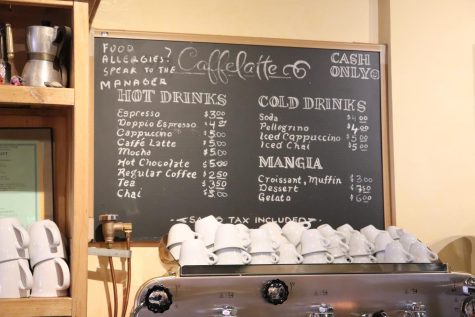How Masters’ NYC neighbors are aiding incoming asylum seekers
Volunteer group Team TLC NYC is one of the many initiatives serving a wide range of migrants.
February 3, 2023
At Port Authority Bus Station in Manhattan, New York, barricades surround the waiting area, lined with soldiers deployed from the National Guard. Lines form in front of tables where just a few volunteers sit to meet them. Depending on the time of day, there’s breakfast, lunch, dinner, or snacks to distribute, and books and toys for children to enjoy.
Since August 2022, buses filled with scores of migrants have arrived in a city that lacks sufficient resources to accept them. The buses will keep coming as long as Gregory Abbott, governor of Texas, continues to send them.
Throughout 2022, the United States saw record-high immigration levels as a result of political and economic turmoil across the Western Hemisphere. Cubans, Haitians, Colombians, Venezuelans, among other migrant groups, are crossing the border in droves, as over 250,000 have searched for security they require in resource-lacking and often wartorn home countries and regions.
A significant decline of COVID-19 and a seemingly immigrant-friendly Biden administration served as a glimmer of hope for these asylum seekers, and many were even more encouraged by the discussion of revoking Title 42, a pandemic-era immigration policy that allows border authorities to send migrants back to Mexico upon capture.
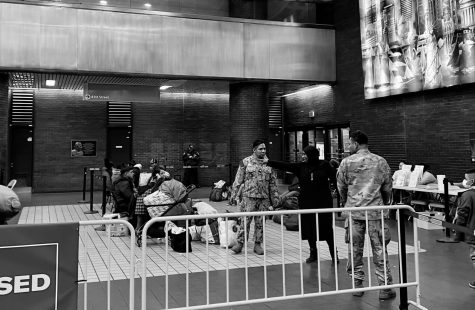
But upon arrival, Texas border officials have not been receiving migrants with open arms. Instead, they received migrants with buses. As early as April 2022, over 7,400 migrants were sent to Washington DC. By Aug. 2022, over 1,500 had been sent to New York City. More continue to arrive daily.
Busing immigrants to New York City was a political power play by Abbot, a Republican governor. In a statement, Abbott said, “I hope [Mayor Eric Adams] follows through on his promise of welcoming all migrants with open arms so that our overrun and overwhelmed border towns can find relief.”
Nonetheless, local organizations from all over NYC have poured in to assist incoming migrants. In the sectioned-off portion of Port Authority, migrants are seated while members of the National Guard stand around the perimeter to secure the area. Fold out tables are scattered while volunteers hand out coconut water and bread to those waiting for legal assistance, and the Team TLC clothing assistance group assembles. Volunteer group Team TLC NYC is one of the many initiatives serving a wide range of migrants, from those who just got off the bus to those who are more acclimated. Part of their mission includes being a friendly face that migrants can rely on for food, medical and legal resources, and clothing.
Gunnery Sergeant Soto, an officer deployed to Port Authority, explained the mission: “We have several different resources we offer here. Once they [the migrants] arrive from different parts of the world, we receive them, we give them shelter if we need it. We work with the volunteers here, give them food, clothing, and we ticket them, if they want to go to a different city. And we work with various city officials to help as much as possible with their stay here in New York.”
In fact, one of the chief components of TLC NYC’s strategy is the idea of continued support. With a consistent supply of volunteers and professionals, hot and ready meals daily, and a wardrobe full of used clothes available for pickup, migrants are encouraged to return to the bus terminal as long as they require TLC’s assistance.
But one of the foremost issues, critics argue, is that migrants are too often put in a position where they have no choice but to return to the bus terminal. Self-sufficiency is impossible so long as resources are short and migrants are held in citizenship limbo. According to the UN Refugee Agency, asylum seekers must wait 150 days to find out if their asylum has been granted, after which they must wait another 30 days to attain a working permit.
There’s no doubting that 31,000 people coming into the city in six months with no resources is a huge challenge—but we’re not meeting the challenge. We’re [TLC NYC] meeting the challenge, but the city is not meeting the challenge.
Activist and former city council member Ruth Messinger is one of those critics. “In my time in government, I was very often critical of what the government wasn’t doing right. There’s no doubting that 31,000 people coming into the city in six months with no resources is a huge challenge—but we’re not meeting the challenge. We’re [TLC NYC] meeting the challenge, but the city is not meeting the challenge.”
If she were in charge, she continued, “I would figure out what’s needed to negotiate with the federal government to get these people working papers right now. These are all men who want to work. Every immigrant who walked through there, walked through six countries to get here; they want to work.”
But the Biden administration’s lack of direction in regard to immigration policy has brought on a palpable sense of hopelessness among reform advocates. Although many hope for such sweeping changes, the fact remains that citizens currently hold very little patience for and faith in the federal government.
Upper School Spanish teacher and resident New Yorker Roberto Mercedes said, “It doesn’t matter if we have Democratic or Republican administration in the Congress or the White House, immigration policies have been erratic. One day the solution is to build a wall, and another day the solution is massive deportation. The reality is that we still have millions of families living and working in the shadows because the US has not provided integral immigration reform.”
Ultimately, the hindrance in providing effective immigration policy lies in systemic failure. It is thus left up to organizations and individual communities to fight for the rights of migrants as they enter the United States and become Americans.




